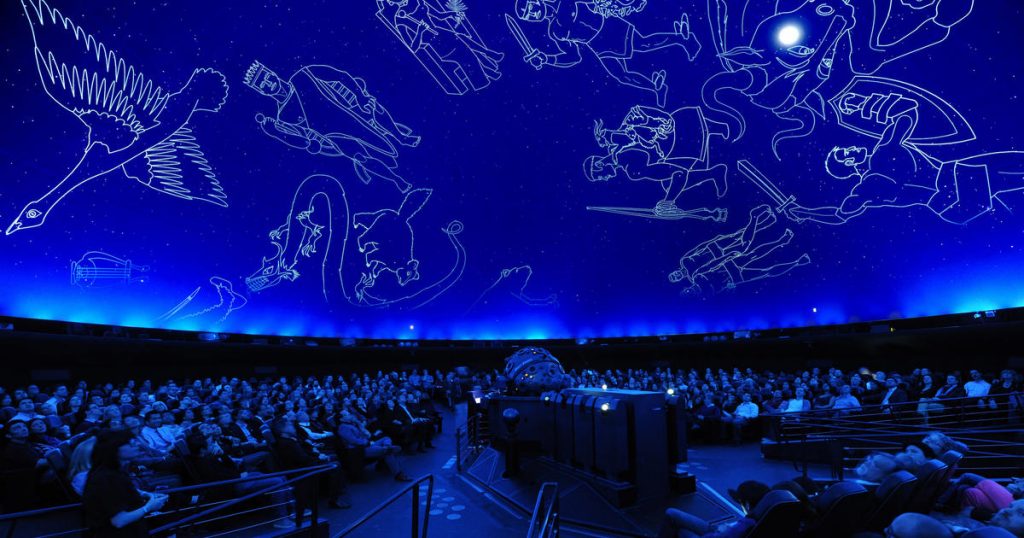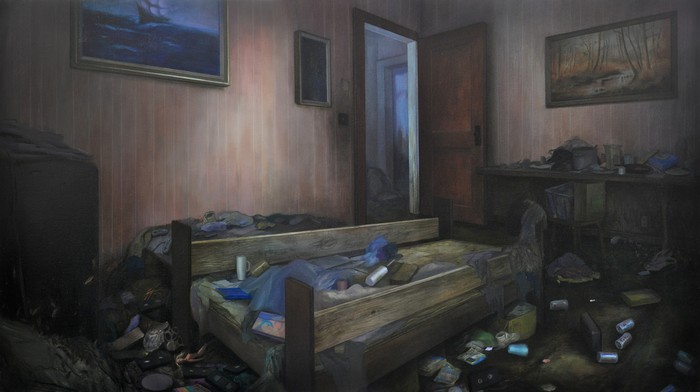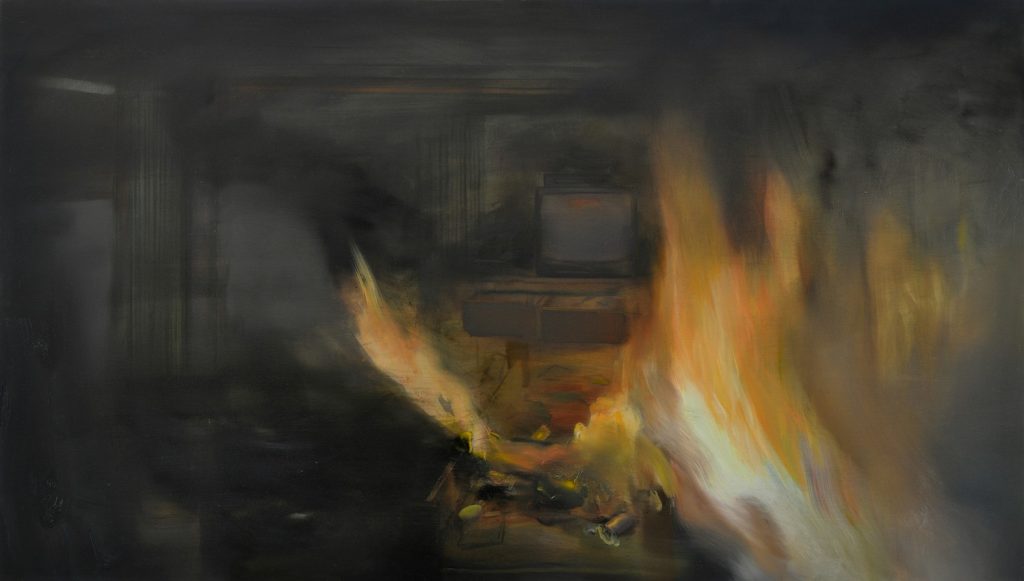One of my current favorite video games is Breath of the Wild from Nintendo’s Legend of Zelda series, a nonlinear and open world action-adventure game. It’s the first game of its kind in the series and inspired by other open-worlds such as Skyrim. Besides the beautiful visuals, it’s just a really fun game to play.
I can’t claim to know much about game systems, but I’ve heard how BOTW’s physics system has impressed many. The game was built in a modified version of the Havok Physics Engine. The game developers had to work to create a new physics engine that was consistent across the game world and worked logically without negatively affecting gameplay. (One of the game developers recounts a time where during testing, he entered an area only to find that all the objects normally there had been blown away by the wind.) The engine rewards exploration and experimentation. ‘For instance, in Breath of the Wild you might have a puzzle where making use of the physics, there’ll be various ways you can solve that puzzle’ (Aonuma, series producer).
As well as being a new direction for Zelda, the game is a popular innovation on the open-world genre because it simplifies the needless complexity of similar games in its genre and introduces new ways to interact with the environment. Instead of following a list of to-do list of quests, the players are allowed to focus on the expansive world and direct themselves. I really admire how they were able to create a game that encourages the players to move all across the map and gives them almost complete freedom. BOTW’s greatest success was in capturing the spirit of adventuring into the wild.
![[OLD FALL 2019] 15-104 • Introduction to Computing for Creative Practice](../../../../wp-content/uploads/2020/08/stop-banner.png)






